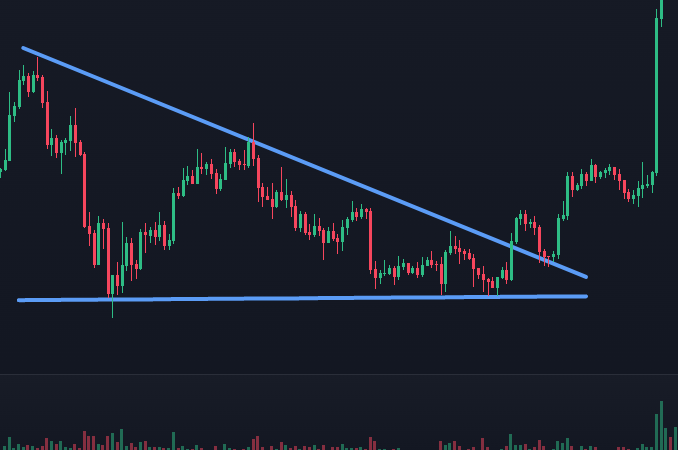Commodity Channel Index (CCI)
The Commodity Channel Index (CCI) is a versatile momentum-based oscillator used to identify cyclical trends in a security’s price, indicating potential buy or sell signals when the price deviates significantly from its historical average.
Introduction
Developed by Donald Lambert in 1980, the Commodity Channel Index (CCI) is designed to identify cyclical trends in commodities, though it has since been widely applied to other asset classes, including stocks and forex. The CCI measures the difference between a security’s typical price and its simple moving average, adjusted by the mean absolute deviation. It is particularly useful in identifying overbought and oversold conditions, as well as spotting potential reversals in market trends.
Overview
The CCI is an unbounded oscillator, typically ranging from -100 to +100. Readings above +100 indicate that the asset is overbought, suggesting a potential downturn, while readings below -100 suggest that the asset is oversold, indicating a possible upturn. Traders use the CCI to identify potential entry and exit points, with values crossing these thresholds often signaling a change in the underlying trend.
Detailed Description
The CCI provides insights into the strength and direction of a market trend:
- Typical Price (TP):
It is the average of the high, low, and closing prices of a given period. - Simple Moving Average (SMA) of TP:
This is the average of the Typical Prices over a specified number of periods. - Mean Deviation:
It measures the average deviation of each period’s Typical Price from the SMA of TP.
The CCI calculates how far the current price is from the average price, adjusted for volatility. A high positive CCI suggests that prices are well above their historical average, indicating potential overbought conditions. Conversely, a low negative CCI indicates prices are below their historical average, suggesting oversold conditions.
Calculation
- Typical Price (TP):
2. Simple Moving Average (SMA) of TP:
3. Mean Deviation (MD):
4. Commodity Channel Index (CCI):
The constant 0.015 is used to normalize the CCI to typically range between -100 and +100.
Settings
- Periods (n):
The default setting is 20 periods, but it can be adjusted depending on the asset’s volatility and the trader’s objectives. - Thresholds:
Standard thresholds are +100 (overbought) and -100 (oversold), but these can be modified based on the asset’s behavior and the trader’s strategy.
Interpretation
Overbought and Oversold Levels:
A CCI above +100 suggests an overbought condition, which could be a signal to sell. A CCI below -100 suggests an oversold condition, which could be a signal to buy.
Divergence:
Divergence between the CCI and the price can indicate a potential reversal. For example, if prices are making new highs but the CCI is not, this could suggest a weakening uptrend.
Trend Identification:
Sustained movements above zero indicate a strong uptrend, while sustained movements below zero indicate a strong downtrend.
Example
Suppose we have the following data for an asset over three days:
| Day | High | Low | Close |
|---|---|---|---|
| 1 | 50 | 47 | 48 |
| 2 | 51 | 48 | 50 |
| 3 | 52 | 49 | 51 |
We will calculate the CCI based on these three days:
- Calculate the Typical Price (TP):
2. Calculate the Simple Moving Average (SMA) of TP:
3. Calculate the Mean Deviation (MD):
4. Calculate the Commodity Channel Index (CCI) for Day 3:
This value indicates that the market is approaching the overbought terretory.
Discover a comprehensive glossary of essential trading terms that every investor should know. Explore detailed explanations of key concepts, from basic definitions to in-depth insights

Delve into detailed explanations of the most important technical indicators used in trading. Designed for traders of all levels, our curated list will help you interpret market signals, make informed decisions, and enhance your trading skills

Access detailed explanations of key chart patterns used in technical analysis. Perfect for traders at any level, our extensive collection will help you recognize market trends, make informed decisions, and refine your trading strategie
Disclaimer
The information provided on this website is for educational and informational purposes only and should not be construed as financial advice. We do not guarantee the accuracy, completeness, or reliability of any information presented. Any actions taken based on the information found on this website are strictly at your own risk. Always seek the advice of a qualified financial professional before making any investment decisions. We disclaim any liability for any losses or damages incurred as a result of using this website.